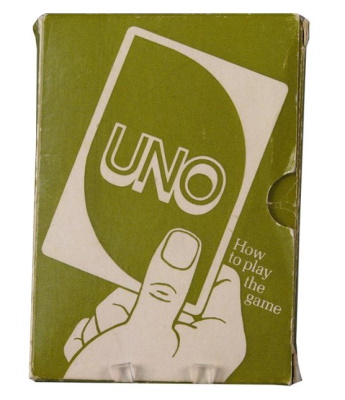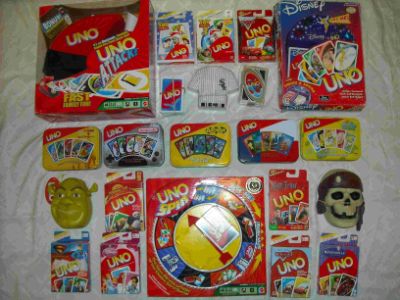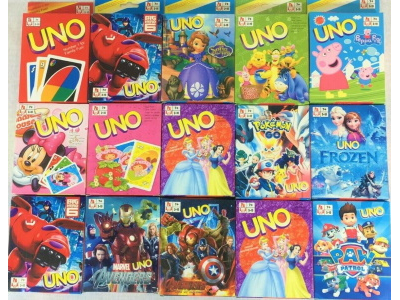History of the Uno Card Game

Uno, a ubiquitous card game enjoyed by millions across the globe, has woven itself into the fabric of popular culture since its inception. Its simple yet engaging gameplay has made it a staple in households, classrooms, and social gatherings worldwide. But what is the story behind this beloved game? Delving into its history unveils a fascinating narrative of innovation, adaptation, and enduring appeal.
Origins
The origins of Uno can be traced back to the early 1970s, when Merle Robbins, a barber from Ohio, envisioned a card game that would bring together friends and family in a fun and interactive way. Robbins aimed to create a game that was easy to learn yet challenging to master, with elements of strategy and luck woven into its design.
Development
Drawing inspiration from traditional card games like Crazy Eights, Robbins set out to refine the concept, adding his own unique twists and rules. After countless hours of playtesting and refinement, Uno began to take shape, with its distinctive deck of cards featuring colorful numbers and special action cards.
In 1971, Robbins and his family founded International Games, Inc. to manufacture and distribute Uno. Initially, the game faced challenges breaking into the market, but word of mouth and grassroots promotion soon catapulted it to success. Uno's accessible gameplay and universal appeal resonated with players of all ages, leading to its widespread adoption in homes and social circles.
Global Expansion
The 1980s marked a period of significant expansion for Uno as it transcended cultural and geographical boundaries to become a global phenomenon. Strategic partnerships with major toy companies, coupled with savvy marketing campaigns, helped propel Uno to new heights of popularity.
Uno's success was further bolstered by its adaptability, with localized versions tailored to suit different regions and languages. From North America to Europe, Asia, and beyond, Uno's vibrant cards found their way into the hands of players worldwide, fostering a sense of camaraderie and shared enjoyment across diverse communities.
Evolution and Innovation
Over the years, Uno has undergone numerous iterations and variations, keeping pace with changing tastes and preferences while staying true to its core principles. The introduction of themed decks featuring licensed characters, special editions commemorating milestones, and spin-off variants has kept Uno fresh and relevant in an ever-evolving gaming landscape.
In 1992, Mattel acquired the rights to Uno, ushering in a new chapter in its evolution. Under Mattel's stewardship, Uno continued to innovate, embracing digital platforms and online multiplayer modes to reach a new generation of players. The advent of mobile gaming further expanded Uno's reach, allowing enthusiasts to enjoy the game anytime, anywhere, with friends and strangers alike.
Cultural Impact
Beyond its commercial success, Uno has left an indelible mark on popular culture, permeating films, television shows, literature, and even art. Its distinctive card design and iconic gameplay mechanics have inspired countless tributes, parodies, and references across various media.
Uno's enduring popularity is a testament to its timeless appeal and universal charm. Whether played casually among friends or competitively in organized tournaments, Uno continues to captivate and entertain players of all ages, transcending generational divides and cultural barriers.
Conclusion
The history of Uno is a testament to the power of innovation, creativity, and community. From humble beginnings to global phenomenon, Uno has carved out a special place in the hearts and minds of millions worldwide. As we look to the future, Uno's legacy remains as vibrant and enduring as ever, promising endless hours of fun, laughter, and camaraderie for generations to come.


